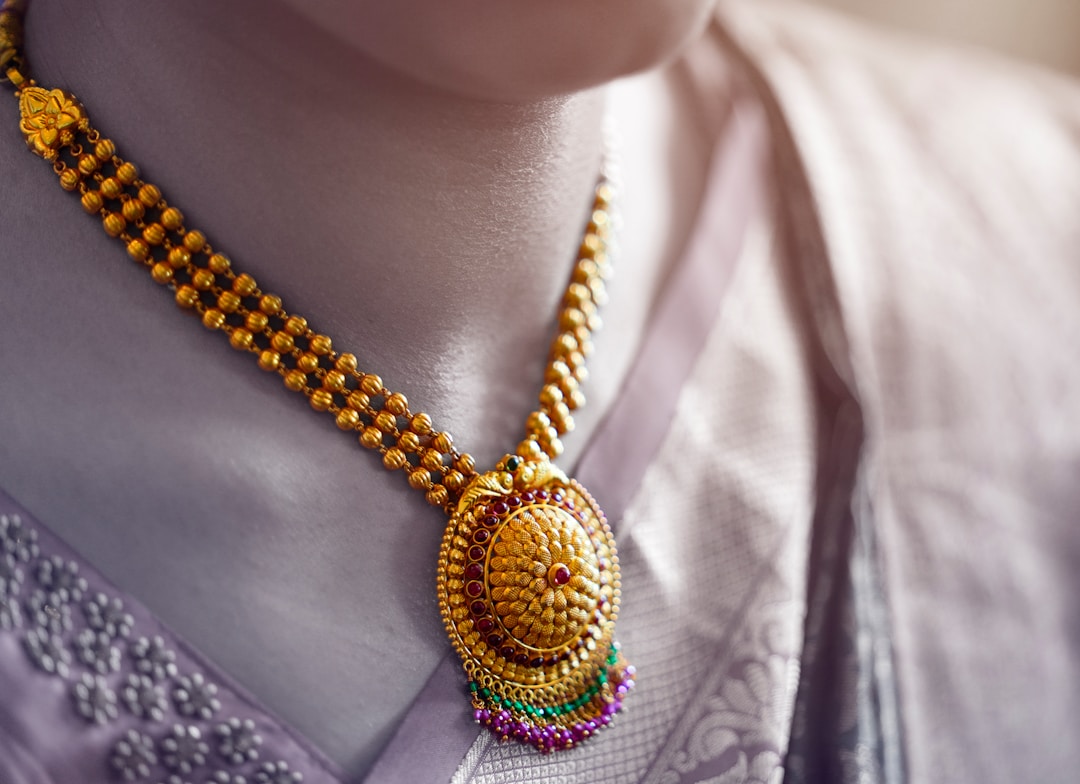Necklace Trends Throughout the Decades
Fashion is an ever-changing thing, and nothing defines that idea more than jewelry. Many figures in history cannot even be pictured without some form of jewel as an accessory or a collar laced with emeralds and pendants. The necklace, which over time has symbolized the wealth and power of the wearer, is the zeitgeist of jewelry trends.
Lets take a look at necklace trends throughout the decades and see just how circular some of them can be.
1920s-1940s
A hundred years ago, necklaces would often be defined as long strings of pearls. At the time, not many people could afford pearls and thus, they truly were a symbol of a more wealthy class. Unless they were passed down as family heirlooms, they wouldn't usually be available to many people––and those who have a string of pearls in their possession would certainly not display it!
This trend continued into the decades that followed, with the addition of beads being added to the main body of the necklace. Pearls were still popular, but as the Great Depression rolled on not everyone could afford to be as extravagant. Add to this the growth of cinema, and extravagant-looking jewelry was everywhere. They may not have been made of the most expensive materials, but much of that classic look was emulating the glitz and glamour of Hollywood.
The following decade saw necklaces that were even more beaded, bolder and cheaper. As precious metals were scarce, gold and silver necklaces were not on the table. However, as color magazines displayed Hollywood starlets in whimsical necklace that was actually affordable, a brighter and more varied spectrum of shades would become mainstream.
1950s-1960s
The '50s continued to be bolder and colorful, but whilst the war had demanded that costs were cut, the trends of the preceding decades now had room to thrive again. Pearls were back in, as were gold necklaces. Pendants were also center-stage, due in part to the rise in celebrities who adorned many a magazine cover, and also to the increase in the accessibility of dinner dresses to match.

Parisian, colorful and inexpensive––assessable extravagance was the theme that carried into the 1960s, and the idea that a fancy necklace around one's collar was a reflection on how wealthy a person was, was out of the window. Plastic had largely replaced pearls, and pendant necklaces were for everyone. By the end of the decade, necklace makers were experimenting with geometric shapes and more artistic designs with no exclusions to how far their imagination would take them.
1970s-1980s
Whilst the new arty trends continued into the '70s, at this point neckwear was layered with a bit of everything that had come before. That was until the more Bohemian styles also came into the fray, as everyone chose to follow their own styles over trying to copy what they had seen. Still, gold and bold reigned supreme on the discotheque dance floors of the 1970s.
The following decade had the opposite trend. Shorter necklaces and neon colors were the norm as the glam rock and nu-romantic scenes took hold. Chains and gems would often be the focus of most necklace wearers, and the pearl bangles would often be seen as a thing of the past.
1990s-2010
If you thought the '80s were wild and rebellious, then the nineties and naughties took it to a whole new level. From the decade that saw a rise in self-serve checkout, you'd see chokers, small chain crucifixes and color everywhere. The following decade saw a rise in the online checkout, and these styles were mixed to form hybrids––beaded chokers and short chain pendants. Either way, fashion was changing as quickly as technology and no one style prevailed.
The Last Ten Years
Fast-forward to present day and there are as many styles of necklaces as there are trends in the century that came before. Nowadays, everything is blended––there are shorter pearl necklaces and extravagant collar chokers. There isn't any wrong fashion choice when it comes to neckwear these days, and if you want proof of that, all you need to do is check out Kendra Scott's website (just make sure to accept the privacy policy if you do). You'll see that a checkout is just likely to have affordable wearables from every decade, as it is many of one.